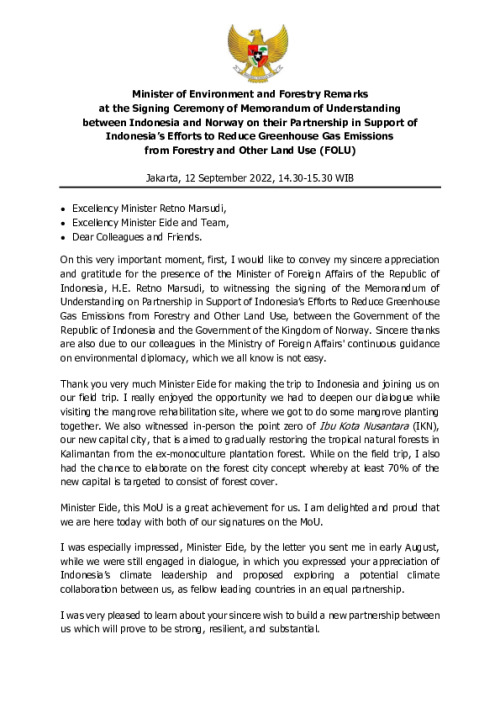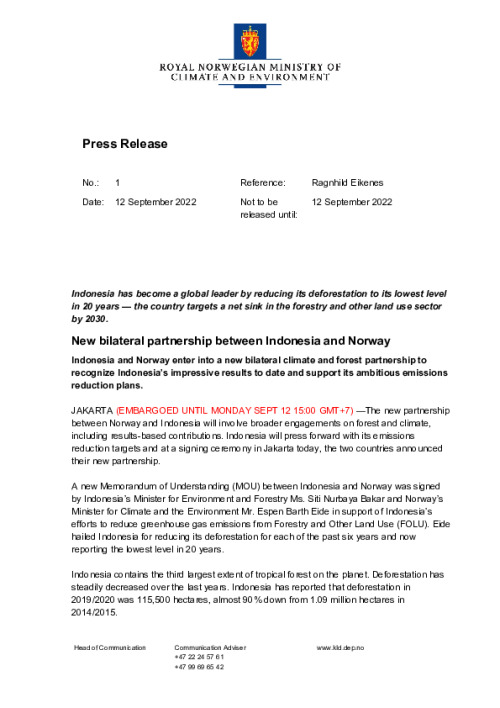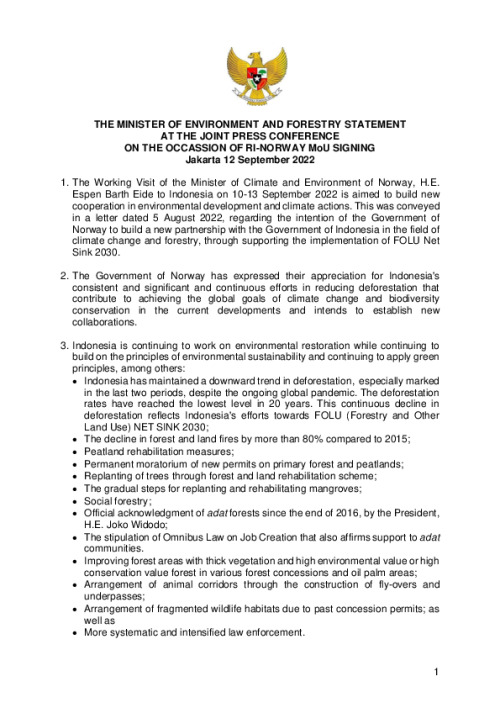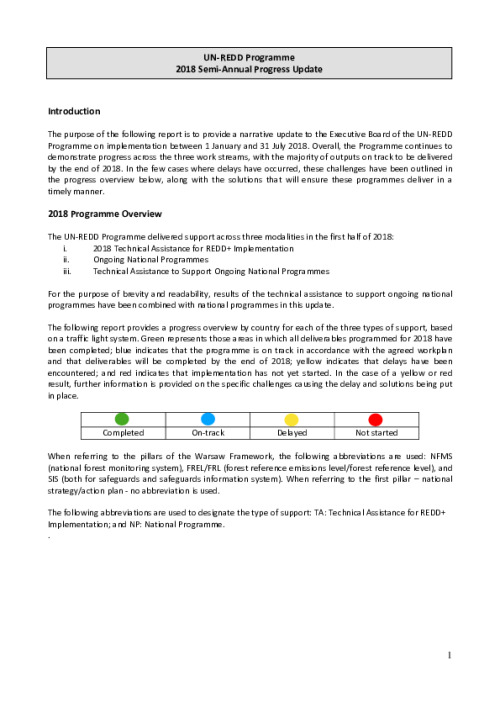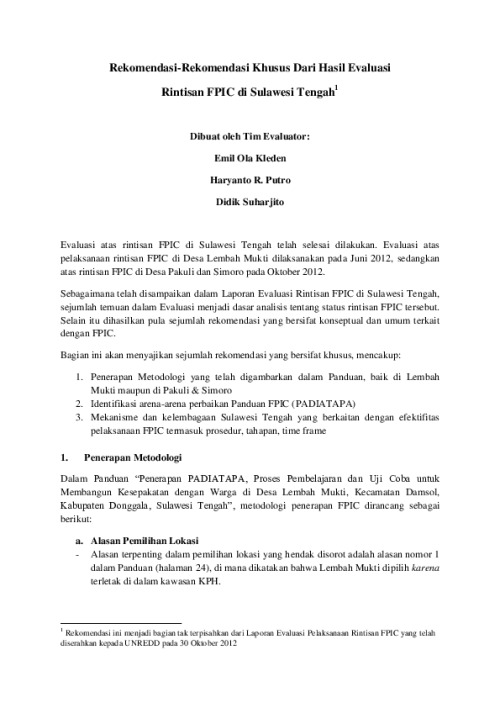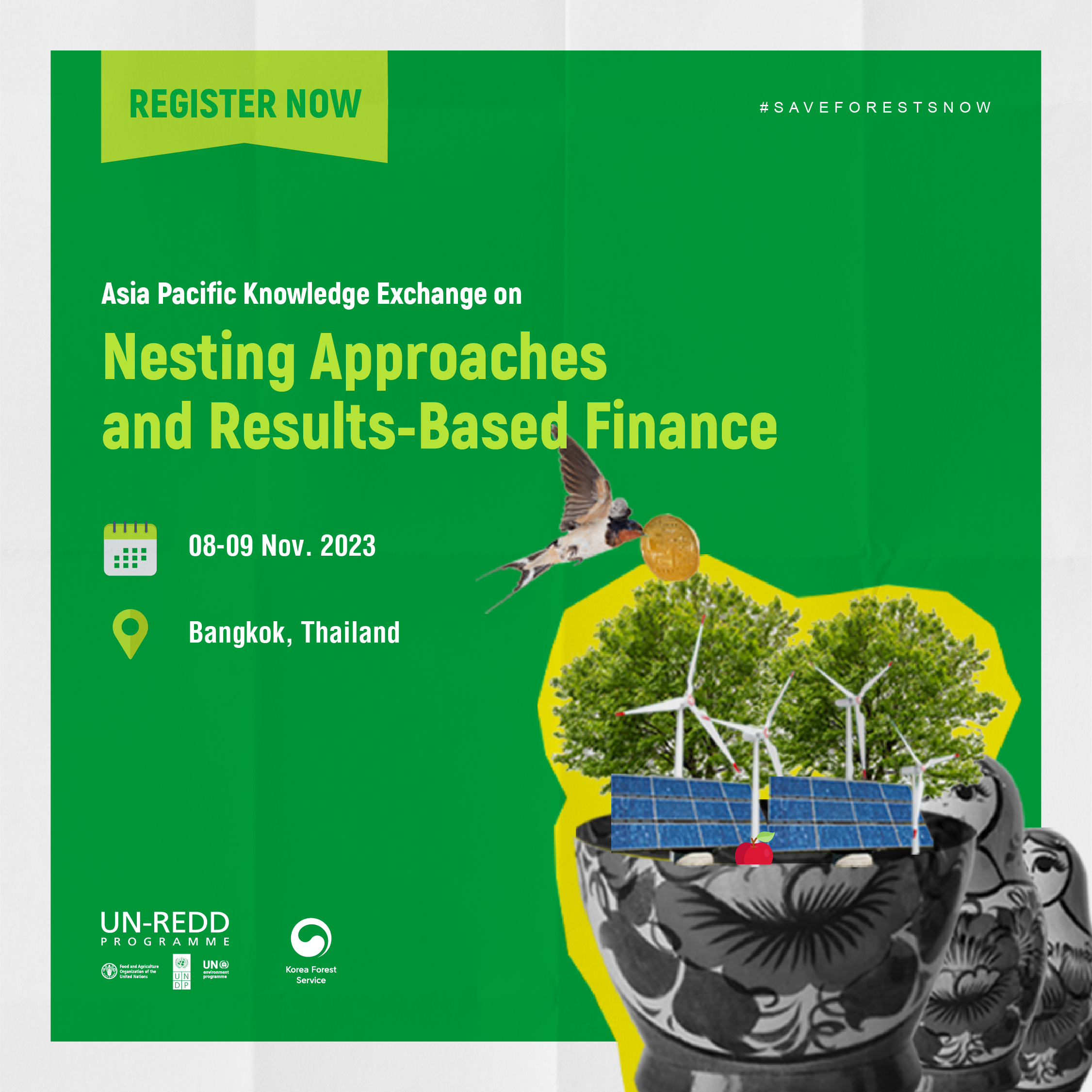NS/AP: Indonesia’s National REDD+ Strategy was released in 2012.
FREL/FRL: Technical assistance was provided to more than 100 Indonesian participants on capacity building on the Intergovernmental Panel on Climate Change (IPCC) 2013 Wetlands Supplement, FREL Diagnostic and Uncertainty Analysis with Center for International Forestry Research (CIFOR) and FAO inputs. Three other workshops were run jointly between FAO, CIFOR, and other partners with hundreds of participants on peatland issues including fires in events in September, October, November, and December.
NFMS: Indonesia continued to improve its NFMS with capacity development supported by FAO and UN-REDD including three workshops on using the latest high-resolution daily satellite imagery from Planet Labs funded by Norway for detecting and reporting on deforestation, degradation, and forest fires.
SIS: The SIS was legally enshrined in 2017.
In 2020, Indonesia demonstrated reductions in deforestation and achieved access to RBPs under the UNFCCC. Indonesia reduced it's deforestation down to 115,000ha/yr in 2020 which is the lowest rate in more than 20 years. In August 2020, the GCF also agreed to pay $103 million to Indonesia for REDD+ results achieved from 2014-2016 with UNDP as the accredited entity.
The BLU BPDLH, with technical inputs from UN-REDD, developed policy, legal and operational documents commencing with REDD+ fund distribution that is advancing towards international best practices. BLU BPDLH has approached UN-REDD to provide technical assistance to initiate blended financing.
The drafting of the Plan for Peat Ecosystem Protection and Management is receiving technical and policy inputs from all administrative levels and coordinated with support from the UN-REDD and is currently being implemented.
The COVID-19 pandemic resulted in travel and meeting restrictions that caused delays or cancellations of some activities or adaptation to online meetings and training. This slowed project implementation and reduced some achievements. The shift to online platforms for meetings and certain capacity building worked well, though with some restrictions in remote areas, while in-person trainings on more practical matters, such as integrated fire management, were delayed.
UN-REDD, through UNEP, is coordinating with FCPF Bio-carbon Fund on green investment in the palm oil sector in Jambi and with & Green Fund in East Kalimantan. The high-resolution satellite data training in Rome was done jointly with World Bank FCPF.
UNDP continues to partner with the Embassy of Norway and World Bank to coordinate support for BLU BPDLH to meet international fiduciary and operational standards.
